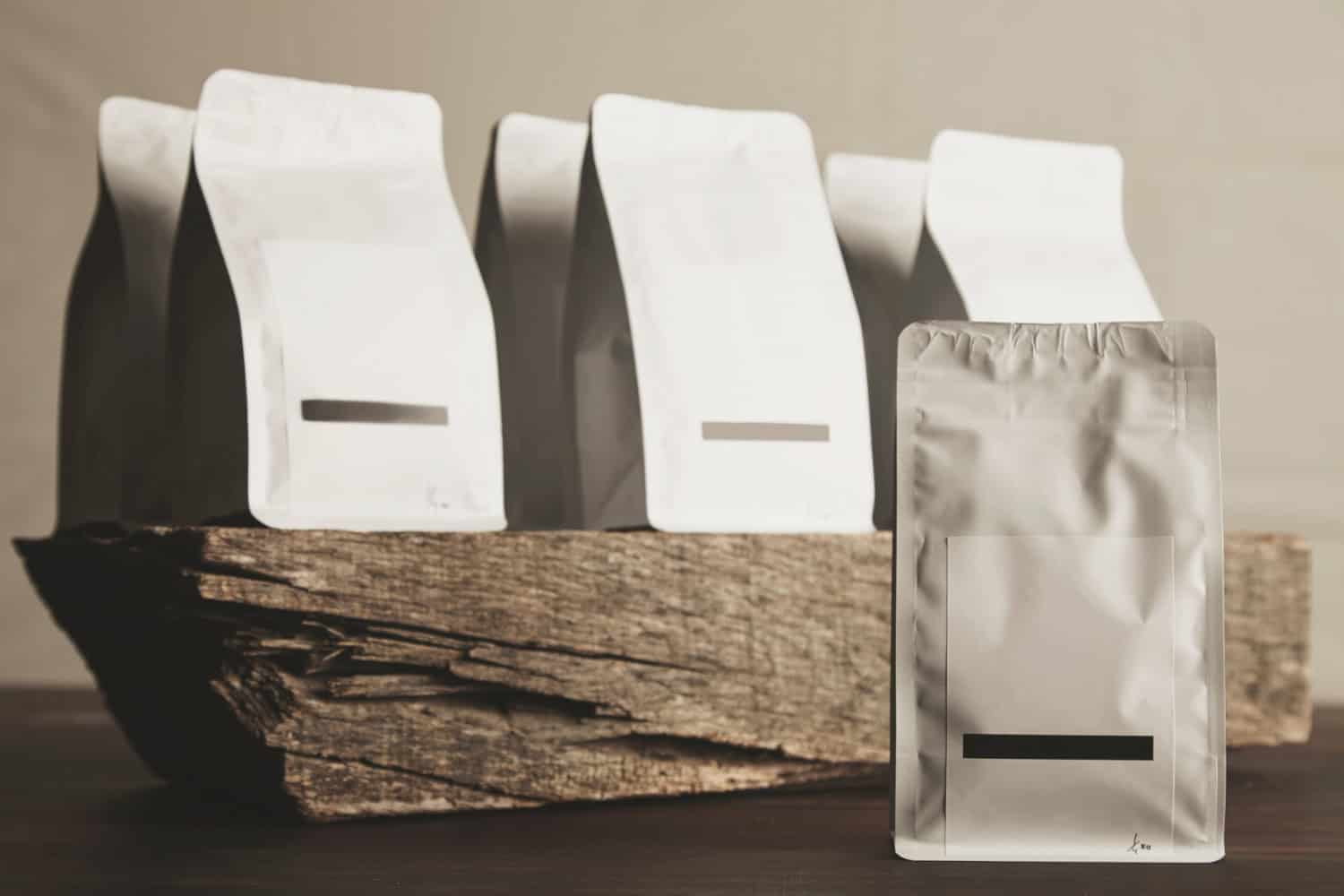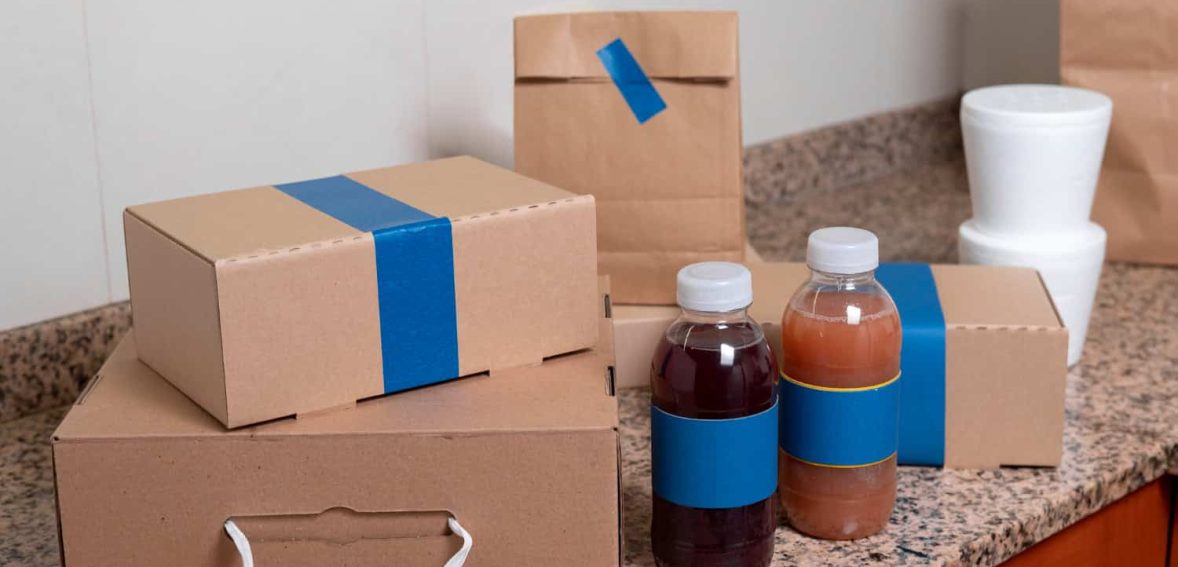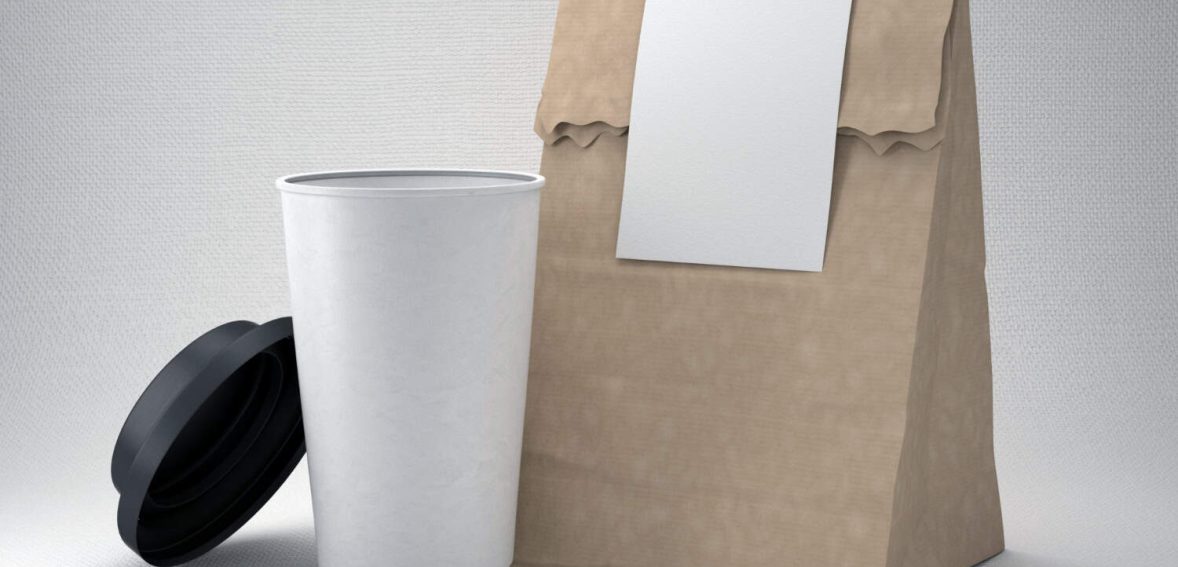
Brand Packaging as Communication: The Silent Salesperson
Packaging is no longer just about protecting a product or making it easy to transport. In today’s fast-paced consumer market, packaging plays a much deeper role; it acts as a brand’s first impression, its emotional handshake with the customer. In many cases, packaging is the first and last opportunity a brand gets to communicate directly with the buyer before a purchase is made.
This is especially important in retail environments where hundreds of options compete for attention on the same shelf. Whether it’s in a store aisle or a digital marketplace, packaging is the silent salesperson, doing the work of catching eyes, building intrigue, and conveying value. A well-executed brand packaging strategy doesn’t just help the product look good; it sells.
The Role of Packaging in Brand Identity
Packaging is often the first touchpoint a customer has with a brand. Before any marketing copy is read or product reviews are considered, the packaging speaks; through color, design, material and shape.
Why First Impressions Count
When customers walk into a store or scroll through an online catalog they are overwhelmed with choice. They make snap decisions and packaging plays a big role in guiding those decisions. A sleek, minimalist box might say luxury. A bright, playful pouch could say fun and approachable. These instant impressions are based on design not words.
This is where a thoughtful brand packaging strategy becomes key. Every element; from logo placement to material texture; should reflect the brand. It’s not just about being pretty; it’s about being on-brand and consistent.
Packaging as a Visual Language
A product’s packaging communicates the same way a person’s facial expression or tone of voice does. It’s visual and emotional. Colors, fonts, patterns and shapes all send messages. Red can create urgency. Blue often feels trustworthy. Curved lines might say soft, while sharp edges feel bold and modern. These visual signals are all part of visual marketing and help build trust, excitement or desire. When brands use packaging intentionally it becomes a powerful expression of who they are and what they stand for.

Brand Packaging as a Sales Tool
Beyond branding, packaging also influences buying behavior. It can help a product get noticed, picked up, and placed in a cart; real or virtual.
Visibility and Shelf Impact
In physical stores, packaging design directly affects how often a product is noticed. This is known as “shelf impact.” If a package blends in, it gets ignored. But a distinctive shape, surprising color, or bold design can grab attention even in a crowded display. Good design turns packaging into a magnet. Online, the same principle applies in thumbnails or product listings. A clean, professional design often gets more clicks. That’s why digital-ready packaging; optimized for mobile screens; is becoming a growing part of product branding strategy.
Encouraging Purchase Decisions
Packaging not only draws attention but can also influence decisions at the moment of truth. A well-placed message, a clear value proposition, or even the perceived quality of the material can tip the balance in your favor. If customers trust what they see, they are more likely to buy. That trust is built through alignment. When packaging design matches what the brand promises; whether it’s sustainability, luxury, health, or performance; it reinforces credibility.
The Psychology Behind Packaging Choices
Packaging is as much about human behavior as it is about creativity. Good packaging uses psychology to make people feel and remember.
Emotional Triggers and Color Psychology
Humans respond emotionally before they think rationally. That’s why design is key in visual marketing. For example, eco-friendly products use earth tones and recycled textures to reinforce the sustainability message. Health products use white, green or clean lines to suggest safety and purity.
These aren’t random. They’re cultural patterns that brands use to their advantage. Knowing your audience helps you know which emotional levers to pull and how to package your product.
Familiarity and Trust
Consistency builds trust. If your packaging looks different every time or uses conflicting design cues it can confuse or repel customers. A strong brand packaging strategy maintains visual coherence across different SKUs, formats or markets. Familiarity also improves recall. When customers see a package that looks familiar they’re more likely to remember and choose it again – especially if their last experience was good.
Communicating Product Value Without Words
Some products require detailed explanations, but often, packaging must do the job quickly and visually. The challenge is to communicate the product’s unique selling points with very little text.
Simplicity and Clarity
Less is often more. A clean layout, smart iconography, and clear typography make it easy for customers to understand what the product is, why it’s valuable, and how it’s different. Instead of long descriptions, packaging should focus on the essentials; what the product is, who it’s for, and one or two key benefits. When executed well, this approach enhances product branding by reinforcing the product’s identity in a simple, digestible format.
Storytelling Through Design
Some of the most effective packaging doesn’t use text at all. Instead, it tells a story visually. For example, a tea brand might use illustrations of herbs to reflect natural sourcing. A skincare company might use soft pastel colors and curved edges to suggest gentleness. These subtle cues add emotional depth to the experience. They also help customers connect with the product on a personal level, which is one of the core goals of strong visual marketing.
Sustainability and Ethical Packaging as Brand Messages
As consumers get more eco conscious the packaging and messaging plays a bigger role in their decision making.
Materials That Speak
Using recycled paper, compostable plastics or reusable tins is no longer a trend – it’s a statement. When a brand chooses eco-friendly packaging it’s making a statement about itself. This becomes part of its brand packaging strategy and helps to build loyalty with customers who care about the planet.
Packaging doesn’t have to shout about being green. The look and feel of eco conscious materials already tells the story. Subtle touches like earthy textures or natural finishes do the job quietly but effectively.
Transparency and Honesty
Another part of ethical packaging is being honest about what the product is and how it’s made. Over promising or greenwashing damages credibility. Brands that use packaging to clearly and simply explain their values are more trusted. This helps to build long term customer relationships and positions the product as part of a bigger mission which strengthens overall product branding.

Innovations in Packaging That Drive Brand Value
Innovation in packaging isn’t just about aesthetics. Functionality, convenience, and even interactivity are changing how packaging supports the brand experience.
Smart Packaging and Interactivity
With the rise of digital tools, some brands are embedding QR codes or NFC chips into packaging. These allow customers to access product stories, tutorials, or loyalty programs instantly. This level of interactivity enhances visual marketing by bridging the physical and digital worlds. It also lets the packaging continue its sales role after purchase, offering upsells, how-to guides, or personalized experiences that build long-term brand connection.
Practical Innovation
Easy-open tabs, resealable pouches, or ergonomic grips are all part of good packaging design. They show the customer that the brand cares about usability. This care translates into brand value. When people have a seamless experience opening, using, or storing a product, they associate that ease with the brand itself. These small touches often become a central part of the brand story and help differentiate it in competitive markets.
Packaging as an Extension of Customer Experience
Customers don’t separate the product from the packaging. The unboxing, the texture, the way it opens; it’s all part of the overall impression.
The Rise of Unboxing Culture
Especially in the e-commerce space, the unboxing experience has become a big part of product branding. People record and share their first moments with a product, and those moments often influence others. A thoughtfully packaged product can become a piece of free advertising. It creates joy, surprise, and shareability. All of this boosts brand presence in an organic, authentic way.
Packaging as Memory
People remember how a product made them feel; and packaging plays a huge role in shaping that feeling. Whether it’s the click of a magnetic box, the scent that escapes when it’s opened, or the visual harmony of the colors, these sensory details stick. By investing in packaging that delivers a great experience, brands ensure they’re not just selling products; they’re building emotional memories.
Maintaining Relevance Through Packaging Evolution
Even strong brands need to revisit their packaging over time. Trends, customer preferences and competitive landscapes change and so must the visuals that represent your brand.
Refresh Without Losing Identity
Packaging redesigns should keep the core of the brand intact; the logo, colour palette or signature shapes; while updating what feels old. This is the key to evolving without alienating existing customers. Brands that refresh their packaging and stay consistent show they are modern and reliable. That’s a winning combination in long term brand packaging strategy.
Listening to Feedback
Customers give you clear signals when packaging isn’t working. Maybe it’s hard to open. Maybe the labelling is unclear. Maybe it looks cheap. Listening to that feedback and adjusting accordingly can turn a weakness into a strength. A responsive approach shows you care about the customer experience and reinforces trust, even though the word “resident” doesn’t strictly apply here. In this case it strengthens user confidence and loyalty.
Final Thoughts
Packaging is a silent yet powerful communicator that shapes first impressions, builds trust, and tells your brand’s story. Great packaging goes beyond looks; it considers function, consistency, audience psychology, and trends. Whether launching or refreshing, treat packaging as your silent salesperson, ensuring it conveys the right message instantly and effectively.
